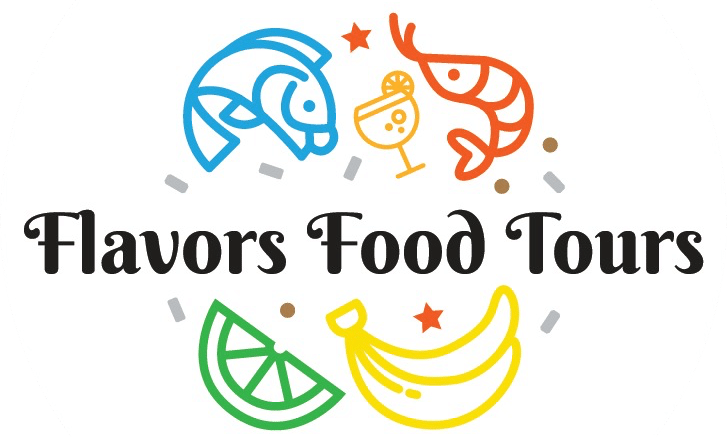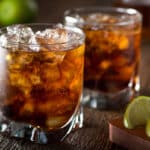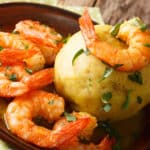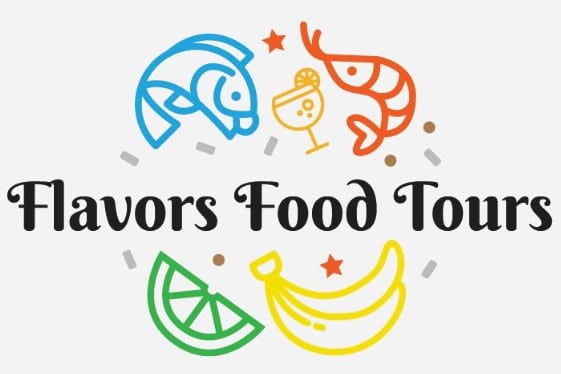Laissez les bons temps rouler…
It’s Fat Tuesday (Mardi Gras en française) and here at Flavors of San Juan Food & Culture Tours we wanted to share the origins of our very own Caribbean-style carnival and the unique and rich traditions celebrated in Puerto Rico.
Much like the world-famous celebrations of New Orleans, Venice, and Rio de Janeiro, the Ponce Carnival (locally and officially known as Carnaval Ponceño) is an annual festival lasting one week and ending on the day before Ash Wednesday (Fat Tuesday). It is one of the oldest carnivals in the Western Hemisphere and today attracts over 100,000 revelers.
Today’s Carnival season was originally a medieval precursor to Lent, the last hurrah before the somber 40 day period between Ash Wednesday and Easter Sunday. In fact, the word “carnival” itself has to do with the absence of meat during Lent, being associated with the Latin “carnelevarium” which means “meat, good bye.” Fat Tuesday came about as a pre-Lent feast of meat and eggs taking place the day before Ash Wednesday. The religious celebrations eventually spread across Europe to Spain and eventually to New World colonies like Puerto Rico. Today the festivity is prevalent with Roman Catholic populations.
The celebrations in Puerto Rico originated in Ponce and its first records date back to 1858 when the Spaniard José de la Guardia held a masked-ball. This tradition continued through the years until the municipal government added the parade in the 1950s and in 1937, the Carnaval was officially adopted by the Puerto Rico Tourism Company.
A centerpiece of Puerto Rican carnivals is the tradition of the “vejigantes”, masked creatures sporting colorful costumes and many horns. The vejigantes represented the Devil in the holy battle between good and evil.The predominant mask colors, at least traditionally, were black, red and yellow, all symbols of hellfire and damnation.
Originally the vejigante were demons who appeared at various religious festivals as representatives of the Moors fought by Spanish knights. However, once in Puerto Rico the Spanish procession was blended with traditions brought by the slaves from Africa and the Taíno Indians.
Each vejigante sports at least two or three horns, although some masks may have hundreds of horns in all shapes and sizes. A carnival is held in Loiza each year, where vejigantes are the main attraction, there are 4 main costumed characters: the knight, the elders (men and women) and the crazy woman. Today the vejigantes have been recreated by Puerto Rican popular tradition as figures of resistance against colonialism and imperialism.






